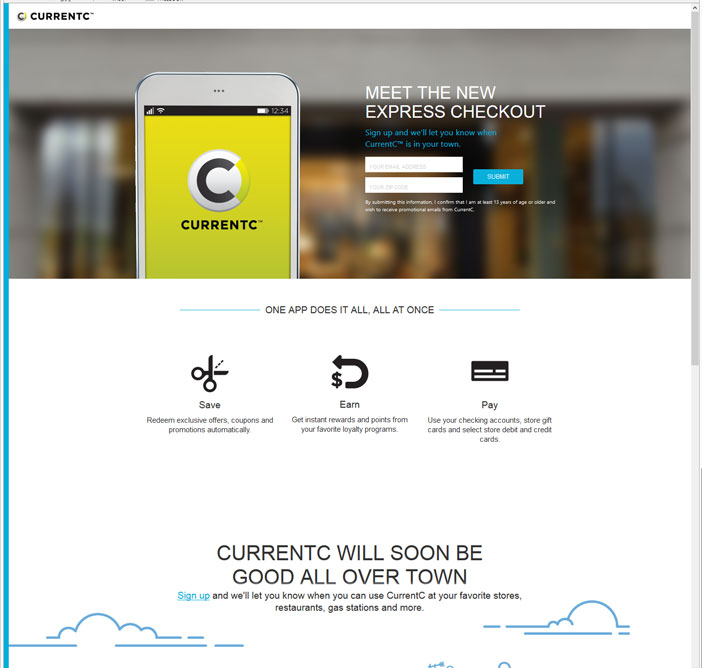Apple pushed mobile payments forward when it launched Apple Pay. In fact the launch in the US has been popular, Bloomberg reported that on Apple Pay’s first day, at Chase banking services seven times more people added Chase credit cards to Apple Pay than signed up for new credit card. But it is already creating a counter revolution. Over the weekend, Rite Aid and CVS disabled the near field sensors that allowed customers to use Apple Pay and Google Wallet.
This is the tip of an iceberg as more than 50 other major retailers in the US have voted against NFC payments. The rival is based on CurrentC technologies and is being developed by a consortium of merchants known as Merchant Customer Exchange, or MCX. A number of major retailers are involved, which in total account for about one fifth of all sales turnover. They include Gap, Best Buy and Walmart.
 There are some important differences between the two systems, because whilst both facilitate payments, they do so in a different way. Apple Pay uses near field communication, and payment transaction details are anonymous, whereas CurrentC, which actually won’t be launched in the US until next year relies on an ap, which users will need to launch to pay and the merchant must scan a QR code, and it does not use NFC. They also link to debit accounts, so bypass the credit card processors, which are fundamental to the Apple Pay model. The key benefit for retailers is that CurrentC works will work with existing loyalty schemes, and allow retailers to accumulate transaction data about their customers (the holy grail of retailing). Apple Pay effectively destroys that link.
There are some important differences between the two systems, because whilst both facilitate payments, they do so in a different way. Apple Pay uses near field communication, and payment transaction details are anonymous, whereas CurrentC, which actually won’t be launched in the US until next year relies on an ap, which users will need to launch to pay and the merchant must scan a QR code, and it does not use NFC. They also link to debit accounts, so bypass the credit card processors, which are fundamental to the Apple Pay model. The key benefit for retailers is that CurrentC works will work with existing loyalty schemes, and allow retailers to accumulate transaction data about their customers (the holy grail of retailing). Apple Pay effectively destroys that link.
The problem is that with completing systems, all backed by large names, customers will be confused, and this confusion will potentially slow the payment revolution. At the heart of the battle is the future of retailing, and who has access to that precious customer data.
It may seen an academic debate seeing as none of the solutions are in Australia (as yet), Apply Pay requires Apple’s latest technologies and CurrentC won’t launch until 2015 in the US; but how this plays out will have a profound impact on the local payment wars down the track. We also expect to see a further proliferation of competing payment solutions which are likely to changing the landscape into the future.

3 thoughts on “The Payment Wars”